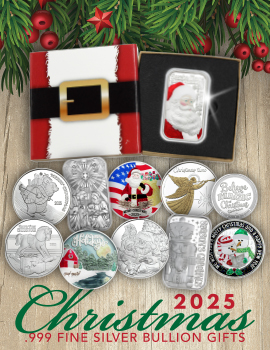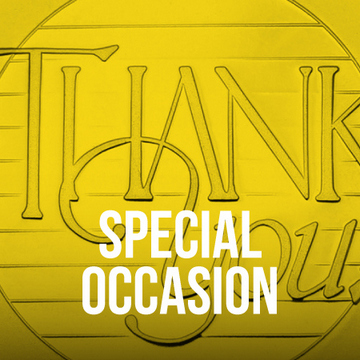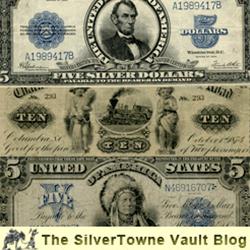
Paper Currency
The earliest use of paper currency can be traced to the Tang Dynasty in 7th century China. It wasn’t until much later that it was introduced in the Mongol Empire, Europe and America. Original paper banknotes were based on precious metals. These banknotes, or promissory notes, were “promises” to pay the holder in precious metals, such as silver and gold, upon presentation of the note. Over time, precious metals were removed from the monetary system and banknotes evolved to represent credit money, typically backed by a government entity.
In early America, all of the original Thirteen Colonies issued their own paper currencies, with the Massachusetts Bay Colony being the first to issue permanently circulating banknotes in the 1690s. Years later, in  the early days of the United States, the supply of coinage couldn’t keep up with demand, and there was a low acceptance rate of paper currencies due to the myriad of different circulating banknotes, which served to complicate monetary policy. Further delaying the acceptance of paper currency was the fact that when issuing banks failed their notes became worthless. Also, in relation to gold and silver, banknotes would be discounted based on the financial security of the issuing bank. To increase the acceptance level of banknotes in the United States, an Executive Order was penned in 1933 that carried fines and prison time for anyone who kept certain amounts of precious metals as opposed to using banknotes. This helped to shape future use of paper money in the United States.
the early days of the United States, the supply of coinage couldn’t keep up with demand, and there was a low acceptance rate of paper currencies due to the myriad of different circulating banknotes, which served to complicate monetary policy. Further delaying the acceptance of paper currency was the fact that when issuing banks failed their notes became worthless. Also, in relation to gold and silver, banknotes would be discounted based on the financial security of the issuing bank. To increase the acceptance level of banknotes in the United States, an Executive Order was penned in 1933 that carried fines and prison time for anyone who kept certain amounts of precious metals as opposed to using banknotes. This helped to shape future use of paper money in the United States.
 Since 1862, the United States Treasury agency responsible for the printing of all U.S. paper currency has been the Bureau of Engraving and Printing (BEP). In the early days of the bureau, banknotes printed by private companies were separated with hand-cranked machines in the basement of the Treasury building. Today the BEP is one of the largest currency printers in the world, operating out of facilities in Washington, D.C. and Fort Worth, TX. Of course, technological advancements over the years have created much more sophisticated operations. Read more about the entire production process, from the original design of paper money to the final printing, packaging and distribution of the notes, at the official BEP website - www.moneyfactory.gov (see “The Production Process” under the “U.S. Currency” section).
Since 1862, the United States Treasury agency responsible for the printing of all U.S. paper currency has been the Bureau of Engraving and Printing (BEP). In the early days of the bureau, banknotes printed by private companies were separated with hand-cranked machines in the basement of the Treasury building. Today the BEP is one of the largest currency printers in the world, operating out of facilities in Washington, D.C. and Fort Worth, TX. Of course, technological advancements over the years have created much more sophisticated operations. Read more about the entire production process, from the original design of paper money to the final printing, packaging and distribution of the notes, at the official BEP website - www.moneyfactory.gov (see “The Production Process” under the “U.S. Currency” section).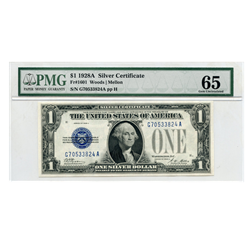
Once paper banknotes become unfit for circulation due to everyday wear and tear, they are removed from the money supply by banks or other financial institutions and set aside for recycling or shredding. The average lifespan of a banknote is three years. To help prevent the spread of diseases, contaminated banknotes (that have been exposed to body fluids, blood, hazardous materials, etc.) are also removed from circulation and destroyed. Of course, counterfeit banknotes are also destroyed once they are no longer needed for evidence or forensics.
When compared to the hobby of coin collecting, fewer people have been involved with collecting paper currency, until recently. The collecting and studying of paper money, Notaphily, has become more popular in recent years with the explosive growth of available information on the internet and in print. The creation of paper currency collector societies have helped the enthusiasm spread, as has the utilization of third-party grading services to certify collectible paper currencies.
Much like collecting coins, there are many different approaches to 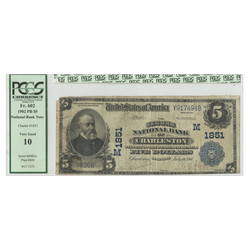 collecting paper currency. You could collect by “type”, or design of the note. There have been many different colors and styles of “seals” over the years that one could collect. Collecting the various designs, issues, signatures, etc. of specific denominations is another approach. Acquiring different portraits of people or other themes that have appeared on paper currency is yet another option. Finally, another popular approach to collecting paper money is to do it by “type of issue” of the notes – with some of the most common being Silver Certificates, Gold Certificates, Treasury Notes and United States Legal Tender Notes.
collecting paper currency. You could collect by “type”, or design of the note. There have been many different colors and styles of “seals” over the years that one could collect. Collecting the various designs, issues, signatures, etc. of specific denominations is another approach. Acquiring different portraits of people or other themes that have appeared on paper currency is yet another option. Finally, another popular approach to collecting paper money is to do it by “type of issue” of the notes – with some of the most common being Silver Certificates, Gold Certificates, Treasury Notes and United States Legal Tender Notes.
Another consideration for collectors of paper currency is the certification of the bill. Similar to certified coins, paper currency that is certified by a third-party grading company comes in a protective sealed “slab”. Not only is the note protected from environmental elements, the graded condition of a certified note is guaranteed to be accurately represented. When collecting  certified paper money, you are also assured that the note is genuine (and not a counterfeit or reproduction). Graded conditions of certified paper currency fall into a range from “good” to the highest mark of “gem uncirculated”.
certified paper money, you are also assured that the note is genuine (and not a counterfeit or reproduction). Graded conditions of certified paper currency fall into a range from “good” to the highest mark of “gem uncirculated”.
Whatever approach you choose to take in regards to collecting paper currency, SilverTowne is happy to support the growing area of Notaphily within the numismatic community. We are now offering a growing selection of paper currency. Choose from a wide variety of Silver Certificates, Federal Reserve Notes, Legal Tender Notes, Confederate (Civil War) Notes, Continental Notes (1700s), Railroad Notes and more. Have fun collecting these exciting historical paper currency notes!

